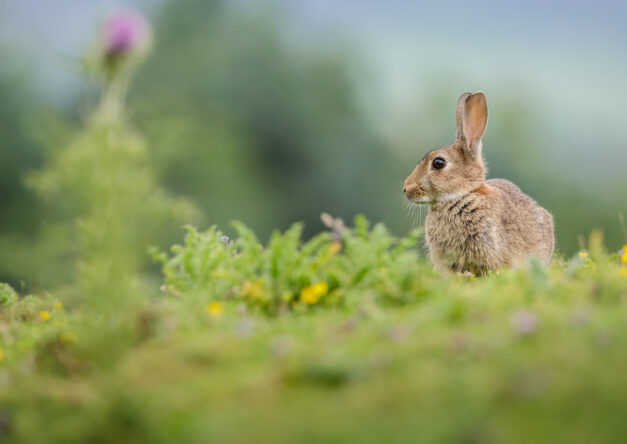When most people think of intelligence, they imagine humans at the top of the chain.
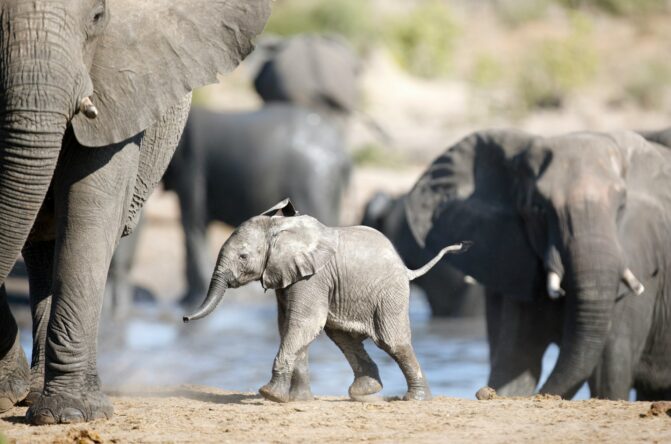
However, the animal kingdom has its own quiet geniuses—creatures that show empathy, problem-solving, memory, and even creativity in ways that can rival our own. Some of them might surprise you, not because they’re overlooked, but because their smarts often show up in subtle, impressive ways. If you thought intelligence was just about speech or opposable thumbs, these 13 surprisingly clever animals might make you rethink everything you thought you knew about the natural world.
1. Crows remember faces and plan for the future.
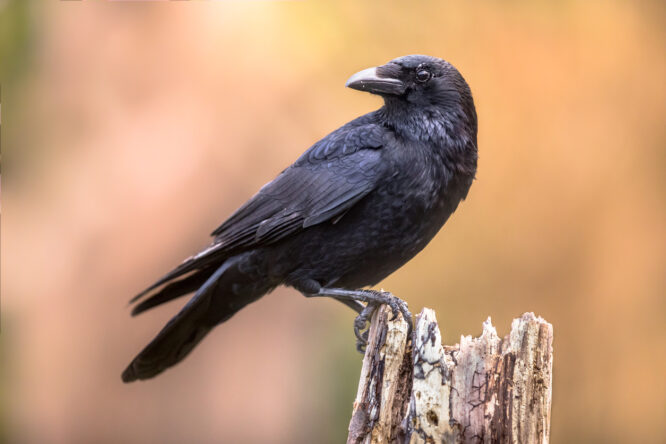
Crows aren’t just clever, they’re strategic. These birds can recognise individual human faces, hold grudges, and even warn each other about specific people. They’ve been observed using tools, solving puzzles, and planning several steps ahead when searching for food.
Researchers have even found that crows can delay gratification and save tools for future use—something that takes a fair bit of mental discipline. It’s no wonder they’re often referred to as “feathered primates” among scientists.
2. Octopuses are escape artists with a sense of mischief.
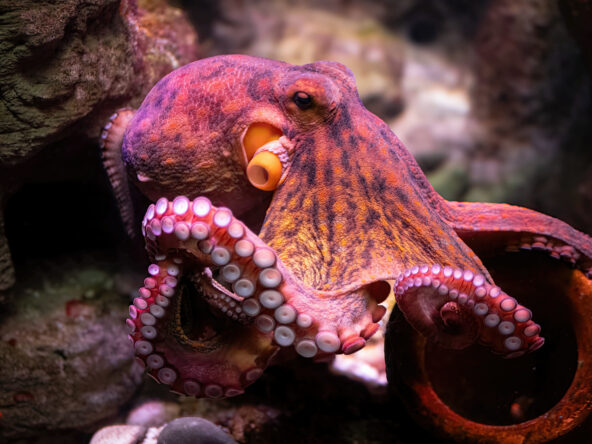
Octopuses don’t just look alien; they think in ways that seem almost supernatural. They’ve been known to unscrew jar lids, escape from their tanks, and solve mazes in lab settings. Each arm has its own bundle of neurons, giving them decentralised intelligence unlike any other animal.
What’s even more fascinating is their curiosity. Some have been caught on camera playing, exploring new environments, and even squirting water at lights they don’t like. They’re problem-solvers and rule-breakers, and they do it all without a backbone.
3. Elephants grieve, remember, and show empathy.
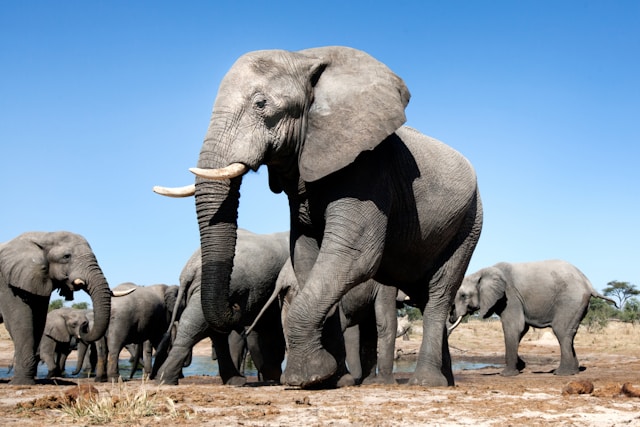
Elephants are deeply emotional creatures. They mourn their dead, recognise themselves in mirrors (a sign of self-awareness), and have incredible long-term memories. Families are tightly bonded, and matriarchs lead with the wisdom of past experiences.
There are stories of elephants visiting the bones of deceased herd members years after their passing, touching them with their trunks and standing in quiet reflection. That level of emotional depth is hard to ignore; it’s not just intelligence, it’s compassion.
4. Pigs are smarter than dogs, and even toddlers.
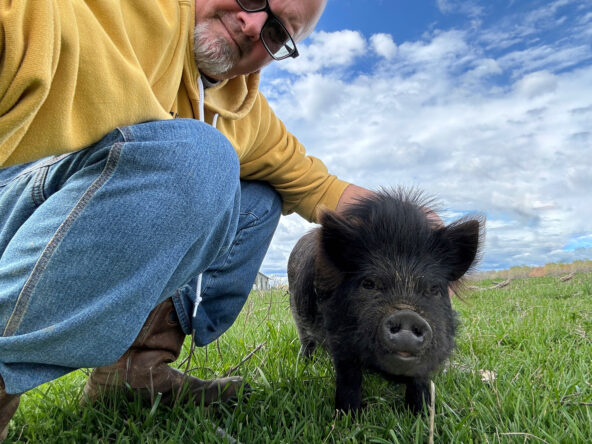
Pigs often get underestimated, but studies show they’re incredibly smart. They can learn complicated tasks quickly, play video games with joysticks, and recognise themselves in mirrors. In many ways, their cognitive abilities rival those of three-year-old children.
They’re also social and playful, forming close bonds and even displaying signs of empathy. So next time someone uses “pig” as an insult, it might be worth remembering that they’re one of the sharpest minds on the farm.
5. Dolphins have names and gossip in clicks and whistles.

Dolphins are famous for their intelligence, and for good reason. They communicate with complex sounds, and some even appear to have individual “names” they use to identify each other. They understand abstract concepts, mimic behaviours, and have been observed using tools.
They also show culture, passing down learned behaviours from one generation to the next. Whether it’s using sea sponges to protect their snouts or working together to herd fish, dolphins consistently prove they’re not just smart—they’re socially and emotionally intelligent, too.
6. Rats can feel regret and think ahead.
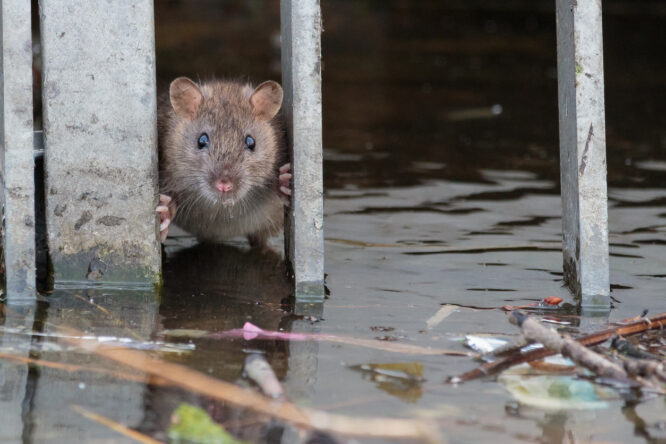
Rats might not have the best public image, but their brains are wired for more than survival. In controlled experiments, rats have shown signs of regret, which is something that requires the ability to mentally revisit past choices and assess them critically.
They also demonstrate foresight, remembering routes, recognising patterns, and even helping their peers in distress. For an animal often associated with chaos, their inner world is far more thoughtful than people realise.
7. Parrots can hold conversations and understand context.
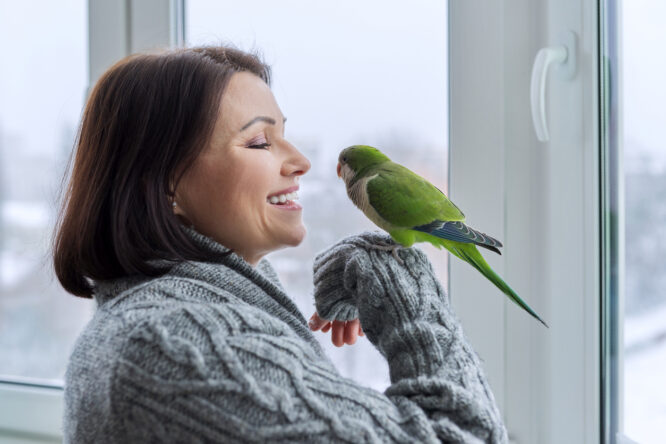
Parrots aren’t just mimics; they’re language learners. Some species, like the African grey, have been shown to use words in context, understand categories, and even form basic sentences. One famous parrot, Alex, could identify colours, numbers, and even express frustration.
They require mental stimulation to stay healthy and often get bored without problem-solving activities. Their intelligence also makes them emotionally complex pets, ones that form deep bonds and show jealousy, joy, and even a sense of humour.
8. Orangutans use tools and learn by watching.
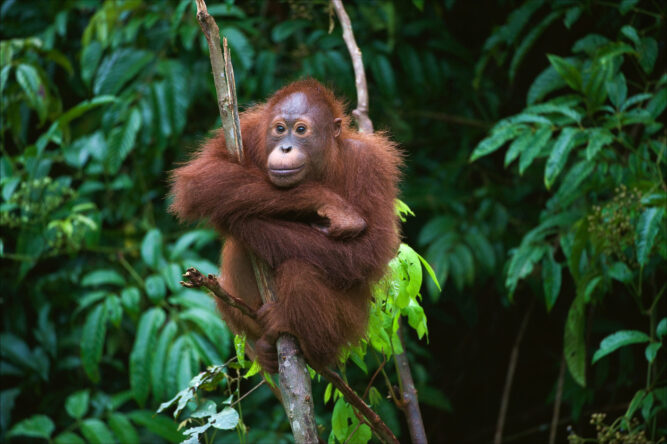
Among the great apes, orangutans are often seen as the quiet geniuses. In the wild, they use sticks to extract insects, leaves as umbrellas, and even create makeshift gloves to handle spiky fruits. But what’s even more fascinating is how they learn by watching and mimicking.
In sanctuaries, they’ve been caught imitating human behaviours like brushing teeth or washing clothes. Their calm, observant nature often masks just how sharp they really are. They don’t just survive; they innovate.
9. Dogs understand human emotions more than we think.

While dogs may not top every intelligence test, their emotional intelligence is remarkable. They can read human facial expressions, interpret tone of voice, and even detect stress or illness. Some service dogs are trained to recognise seizures before they happen.
Their ability to form strong social bonds and respond to subtle cues makes them exceptional companions. It’s not just about obedience; it’s about understanding and responding to emotions in a way many humans still struggle with.
10. Ants demonstrate group intelligence and strategy.
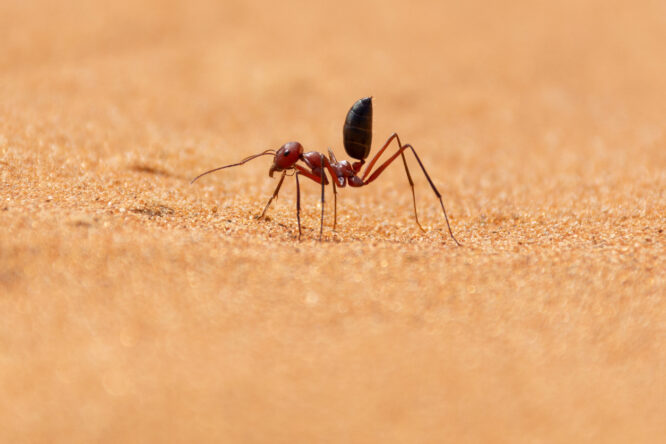
Individually, an ant might not seem impressive, but collectively, ants operate with astonishing coordination. They build complex underground cities, allocate resources efficiently, and even change jobs depending on the needs of the colony.
They also show problem-solving skills, creating bridges with their bodies, farming fungus, and even deploying scouts to check out new territory. Their intelligence lies not in one brain, but in the shared instinct and communication that governs their entire society.
11. Cuttlefish can remember and learn from experience.
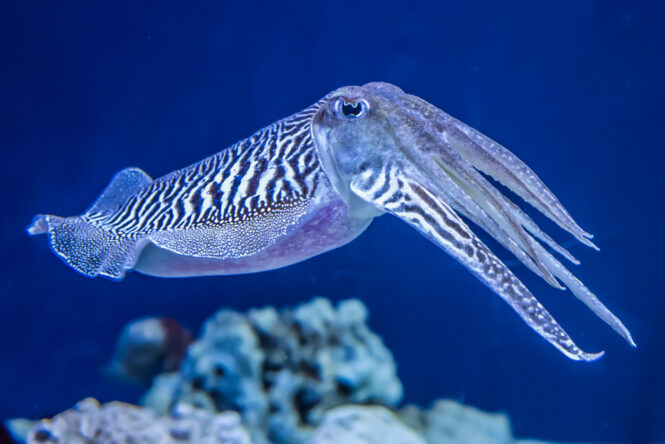
Cuttlefish, relatives of the octopus, might not get the same press, but their intelligence is just as fascinating. They’ve shown strong episodic memory, meaning they can recall specific past events and apply those lessons to future choices.
They can also change colour and texture instantly, not just for camouflage, but for communication. Their advanced nervous systems allow them to navigate mazes, learn patterns, and display startling awareness for a creature that lives only a couple of years.
12. Horses can read body language and solve problems.

Horses might seem like gentle giants, but they’re also quietly observant. They can read human body language, understand tone, and even distinguish between happy and angry facial expressions. They also communicate with subtle cues, both with people and each other.
In experiments, horses have shown the ability to seek out information from humans to solve problems, indicating a level of cognitive flexibility. Their emotional intelligence often goes unnoticed because it’s expressed in such understated ways.
13. Bees can do maths and learn new skills.
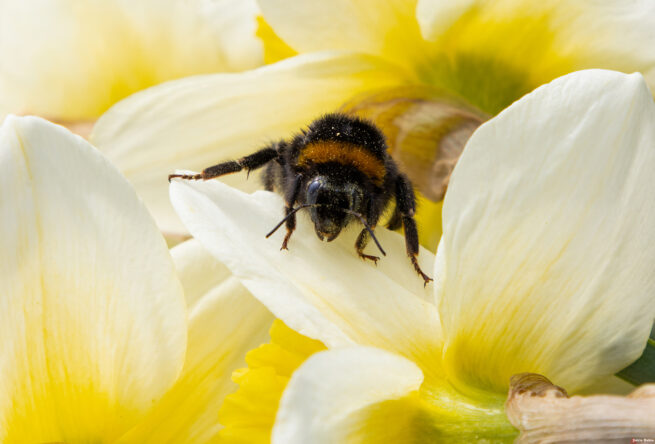
Bees might have tiny brains, but they’re capable of some incredible feats. Research has shown that bees can count up to four, recognise zero as a quantity, and even learn to associate symbols with numerical values—basic arithmetic in bee form.
They also learn from one another and can adapt to complex tasks, such as pulling strings to access food. For such small creatures, bees demonstrate that intelligence isn’t about size; it’s about how efficiently you use what you have.




